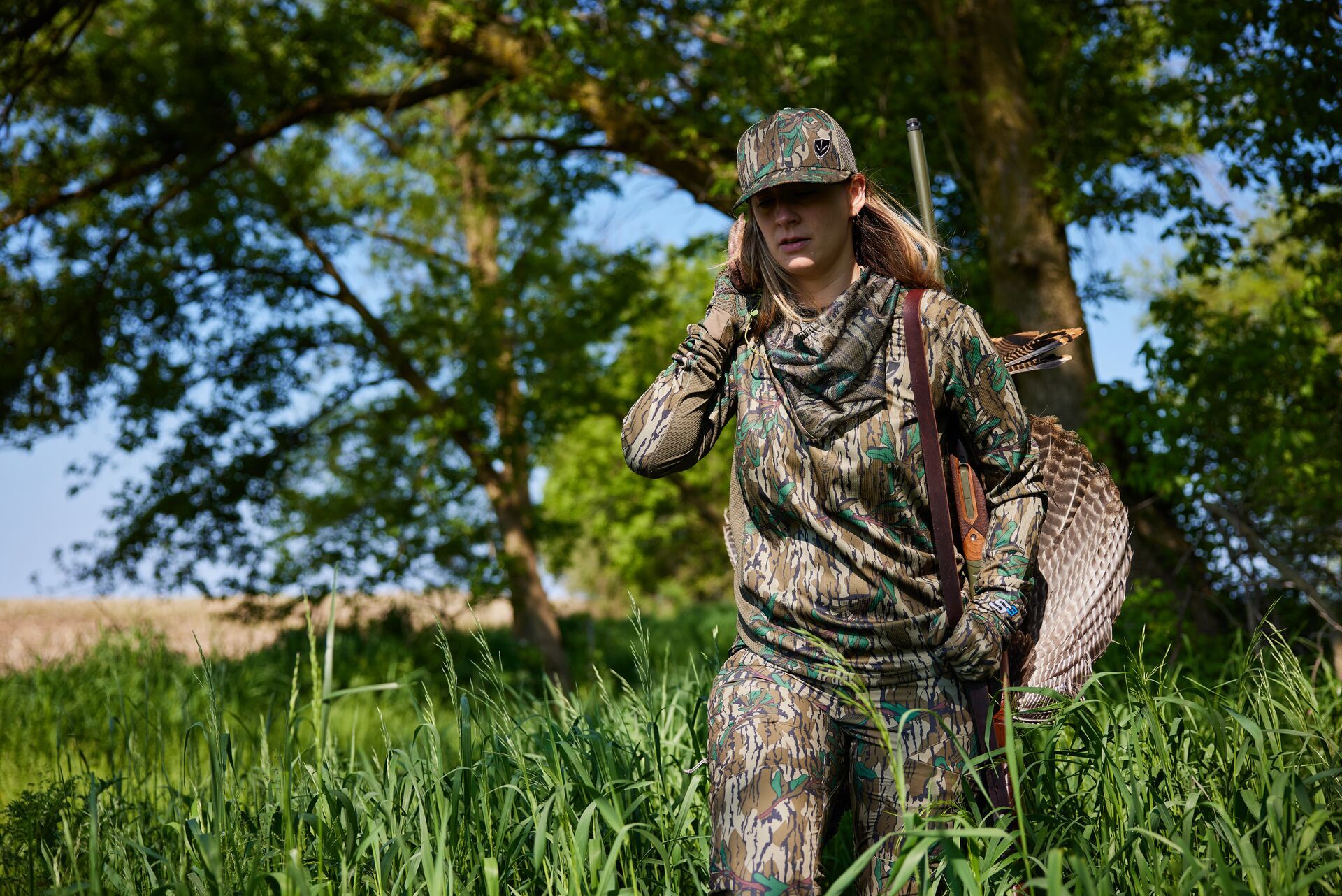Rather than one long season throughout the state for all hunters, Wisconsin splits the Spring into six different seasons, lettered A through F, across seven Wisconsin turkey zones. The season usually runs from mid-September through November or January.
While the system may require some getting used to, it's designed to enhance turkey management and the conservation approach. This approach improves the experience for hunters and ensures the sustainability of the turkey population and its habitat.
Keep reading to discover how it works and how you can hunt a Wisconsin turkey zone.
Updated February 25, 2025
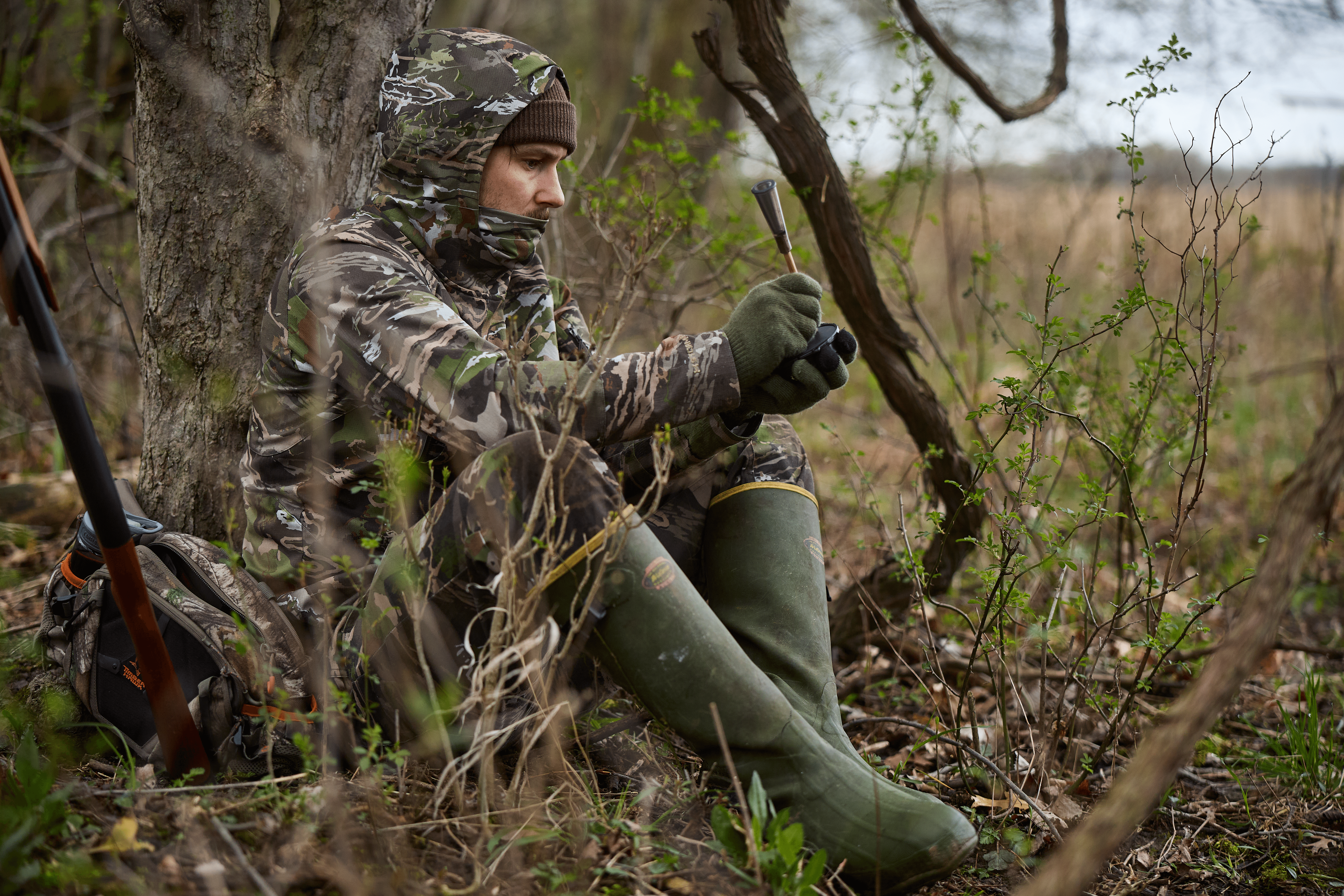
Understanding the Turkey Zone System
The Wisconsin Department of Natural Resources establishes turkey zones, which determine the number of turkey harvest allocations, tags, and season dates available in each zone.
This process is in place to control and manage turkey populations effectively and provide hunters with diverse hunting opportunities. The turkey zones are delineated geographically and cover a vast expanse of different environments suiting different hunting styles.
What Does This Mean For Hunting and Regulations?
Each turkey management zone has its own specific regulations regarding hunting seasons, bag limits, and hunting methods.
Understanding the specific regulations of the zones you hunt in is crucial. Generally, the hunting hours divided across the northern and southern zones differ. Hunters need to familiarize themselves with these regulations, as it will keep them on the right side of the law and enhance their hunting experience.
The Wisconsin Department of Natural Resources manages spring applications, which applicants can submit through the Wisconsin GoWild website. Permits are allocated based on a preference point system.
Hunters enter two elections into the draw. Each choice includes one specific hunting zone and hunting period, such as Zone 2 and Period A, and permits are granted based on assessing these combinations. The drawing process aims to be more equitable, and bonus permits are available if there are any leftover draws.
It's important to note that the application cutoff is always December 10. This is a firm deadline; permits cannot be exchanged for different zones or periods once drawn. So, mark your calendars and submit your applications on time.
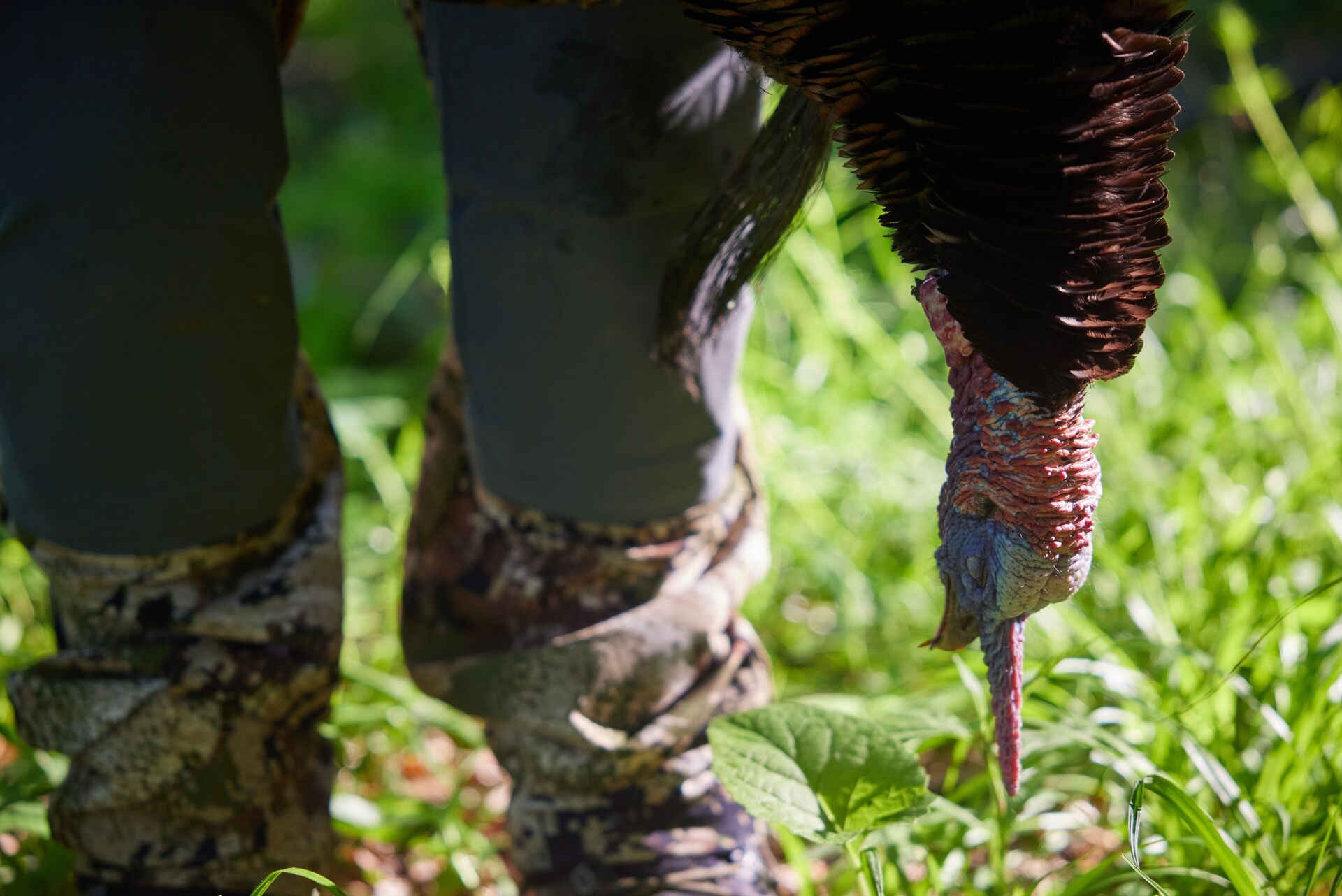
Ecological Diversity, Zoning, and Season Considerations for Planning Your Hunt
An important consideration when deciding on a turkey zone and hunting period in Wisconsin is the ecological difference between the various environments. The diverse landscape means some strategies may be better suited to particular areas.
In the southern zones, you'll find more open fields, pasture land, wider rivers, creek bottoms, and grasslands. This means it may be a top spot for early Spring to target birds mating out in the open areas, making their way down from the hardwood forest cover in the early morning.
The Western zones are more hilly and deeply wooded with valley bottoms. Towards the east, you'll find more suburban areas and closer proximity to human population centers, making it a slightly more challenging hunt. Habitat, terrain, and population densities all impact the success of a hunt.
Take Note of Open Season Timing and Variations
During the Spring hunting season, each period is open for a total of six days. However, these may change from year to year due to factors such as turkey population dynamics, habitat conditions, and regional hunting traditions.
Early Spring is an exciting time for turkey hunters in Wisconsin. Toms are more vocal and gobbling to attract mates, meaning turkey calls and decoys will come into play. In contrast, turkeys buddy up and form their social groups during the fall season.
Public vs. Private Lands
Thanks to generous landowners and incentivized programs such as the Turkey Hunting Access Program (THAP), Spring hunting opportunities exist on private land. In fact, about 38,000 acres of private lands are open for permission.
HuntWise can help you identify the best public land vs. private land and where you're most likely to find turkeys within each zone. The app also provides private landowner contact information to get permission to hunt on private land.
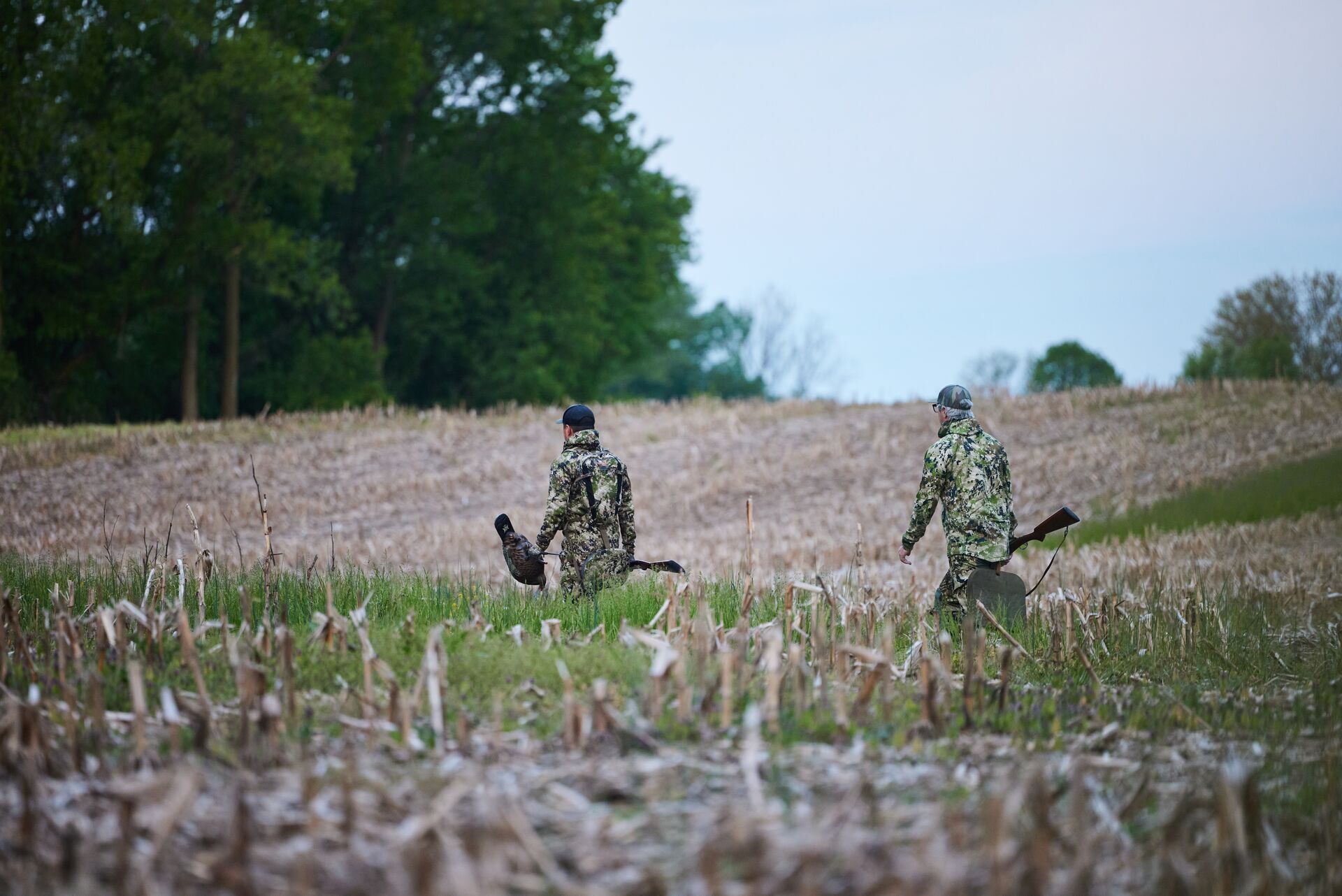
Turkey Hunting Strategies In Wisconsin
Turkey strategies should be tailored to the hunting environment and your allocated season.
Spring Season Tips
Follow these general tips for success during the Wisconsin Spring seasons.
- Scout your hunting zones: Spend some time in your proposed zone looking for signs of turkey activity, such as feathers, droppings, and tracks that may indicate roosting areas.
- Practice your calls: Spring is when the birds are most vocal and responsive, so find a turkey caller that you're proficient in and practice yelps, clucks, and purrs.
- Use decoys: Use turkey decoys and place them early in the morning before the birds are active to provide a visual incentive to draw the birds closer to you.
Fall Season Tips
Switch it up in the fall for more success with these tips.
- Mimic social calls: Expand your repertoire of bird calls to include those that invite socialization and grouping of the birds.
- Focus on feeding and roosting: Locate high tree tops and cover close to open areas where birds transition from their nighttime roosting to early morning feeding and socializing.
- Scatter the birds: By scattering the flock, you can set upon a singular bird or draw them closer as they regroup and search for their parties.
Adaptability and ingenuity are the name of the game, especially if you don't get your first choice of hunting zone and season.
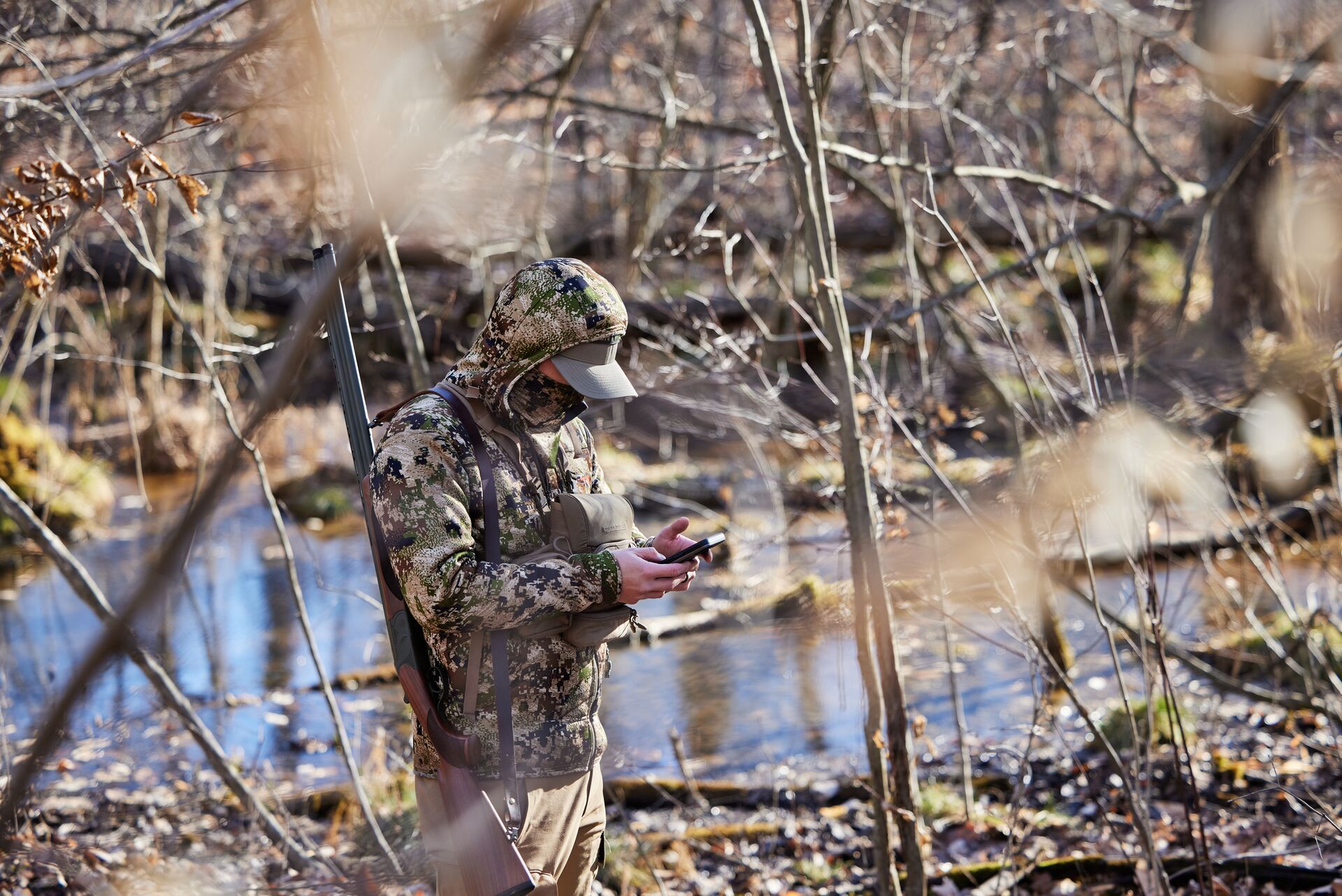
Use HuntWise To E-Scout Wisconsin Turkey Zones
The variety and zoning strategies of the Wisconsin turkey season are both enticing and challenging. Different environments, timeframes, and regulations depending on zoning mean a different approach and strategy for each draw. Prior planning and familiarity with your turkey zone are essential to tag out this season.
Ultimately, no matter which zone or season you hunt, we want you to bring home a bird! So, use HuntWise for easy e-scouting, mapping, preparation, and even locating private landowners and their details.
Download the app and start e-scouting and marking hunt areas free for your first week!
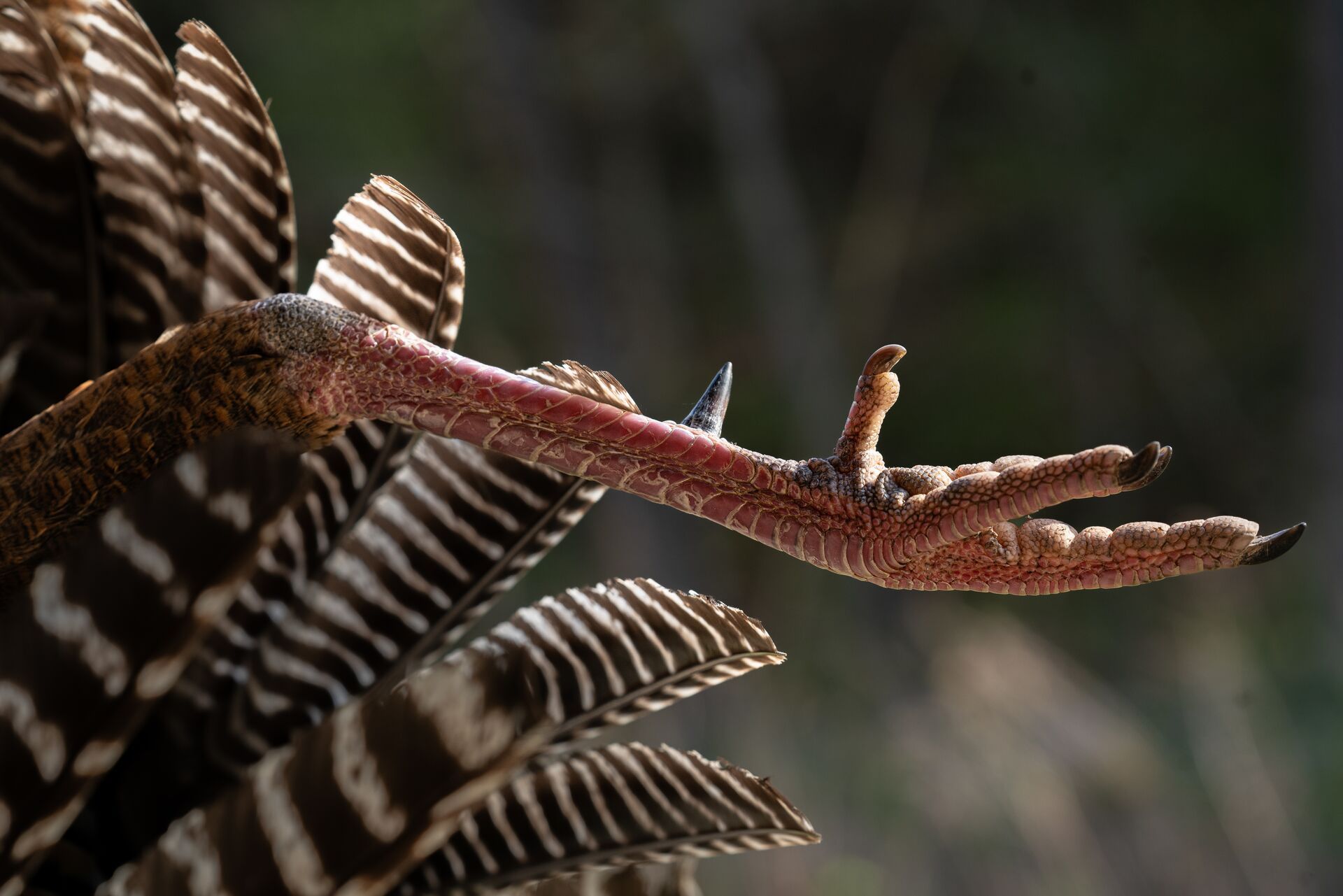
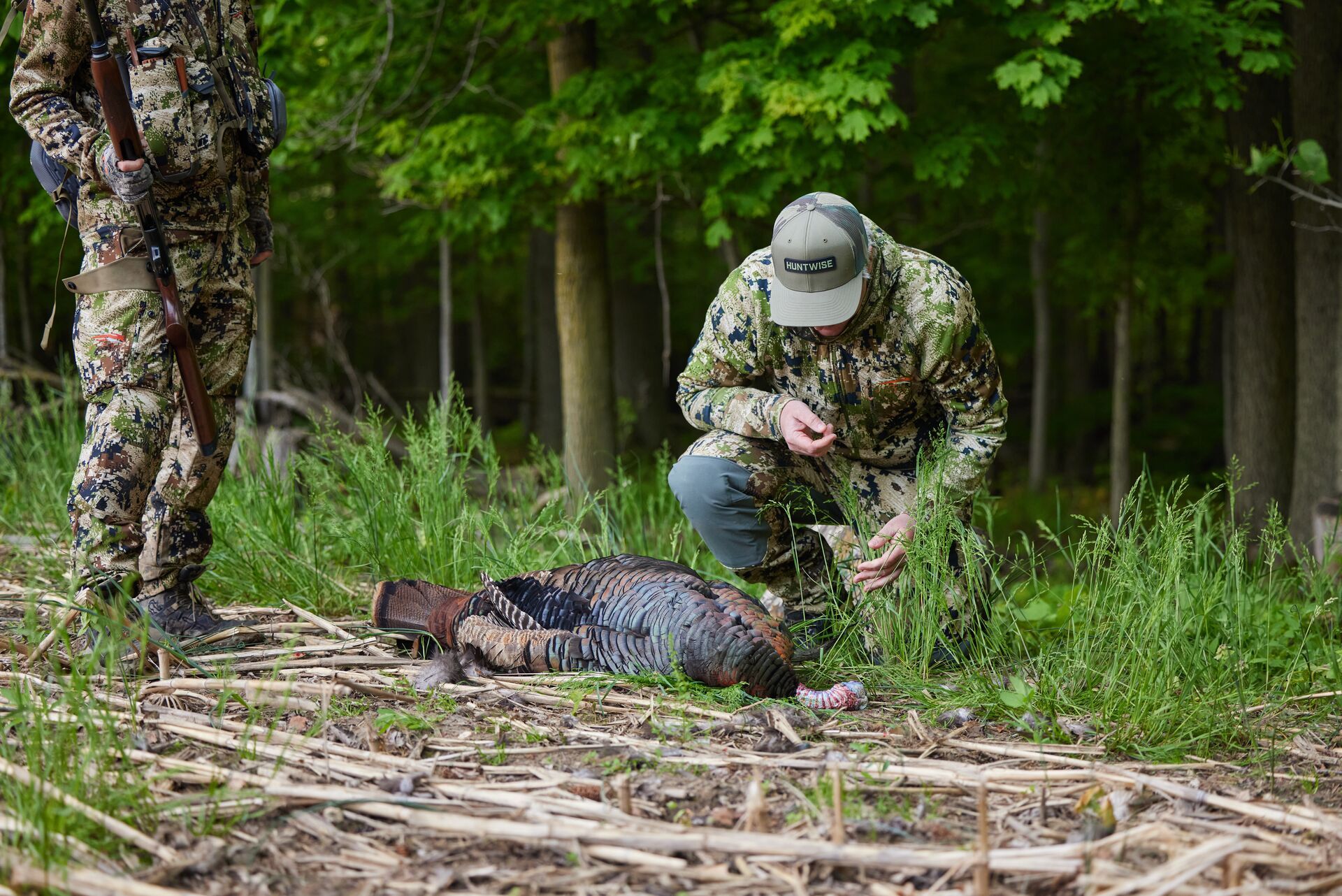
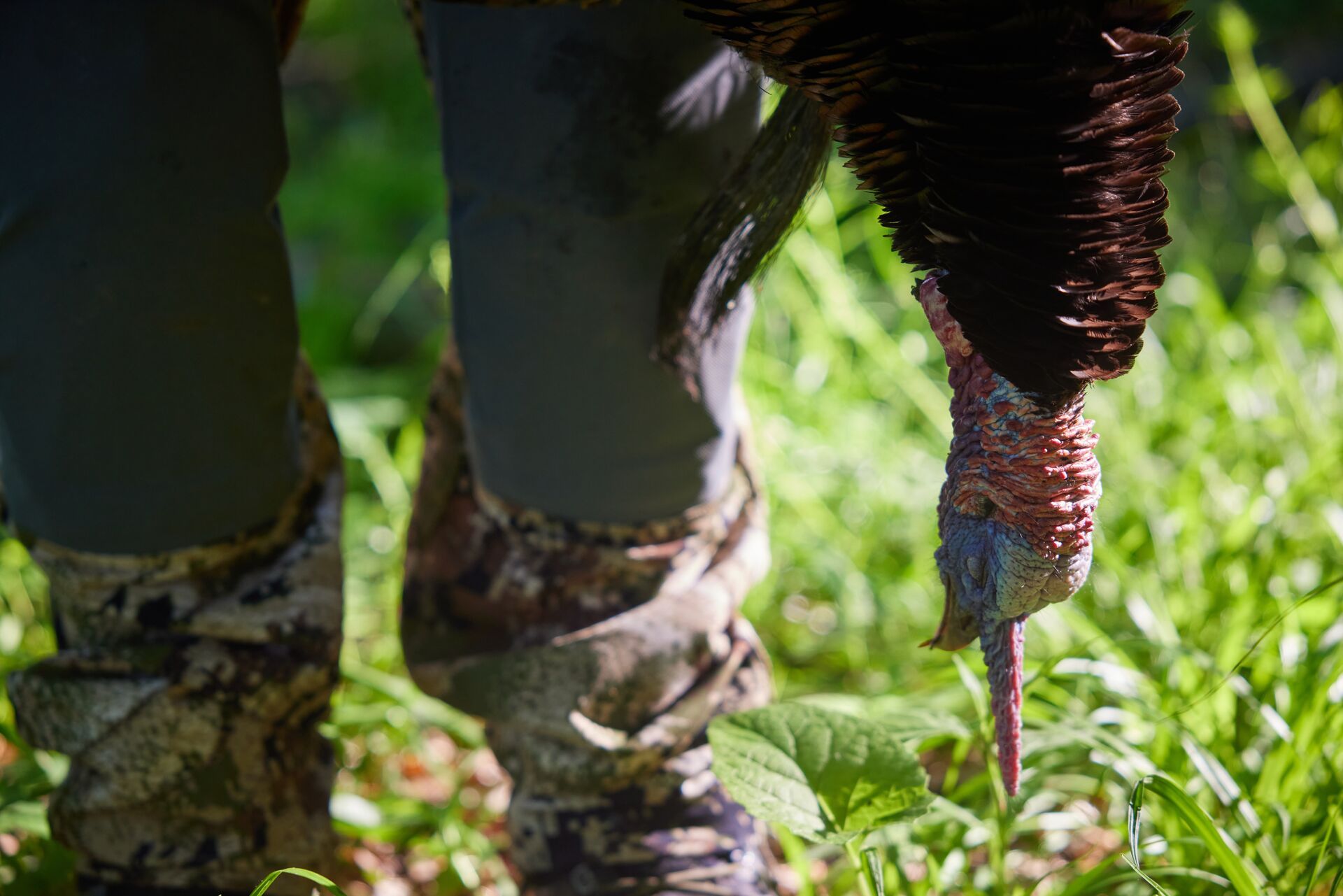
 Turkey
Turkey Turkey
Turkey Turkey
Turkey